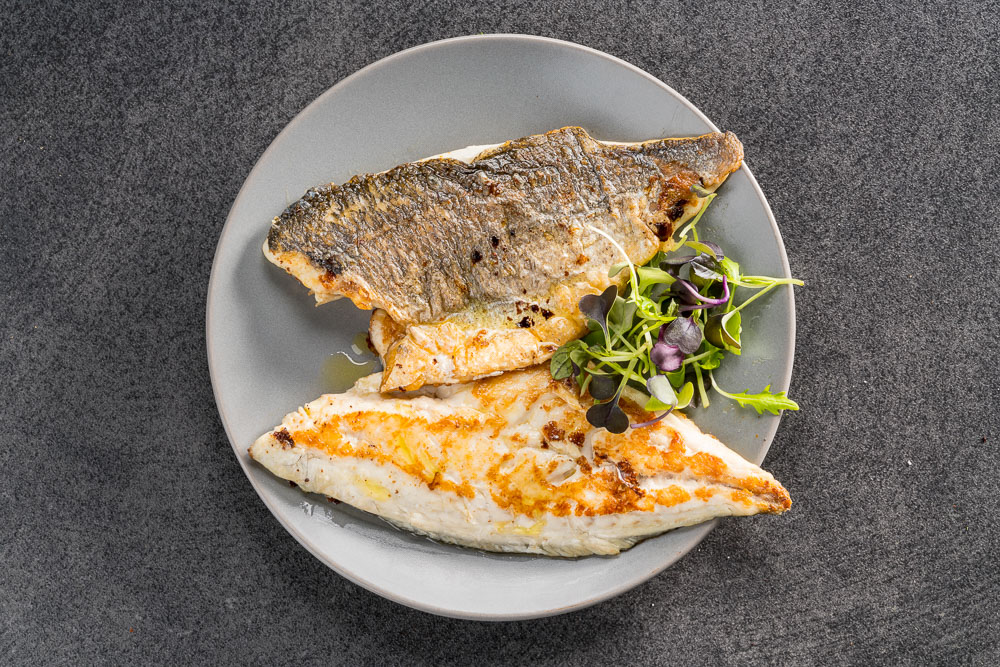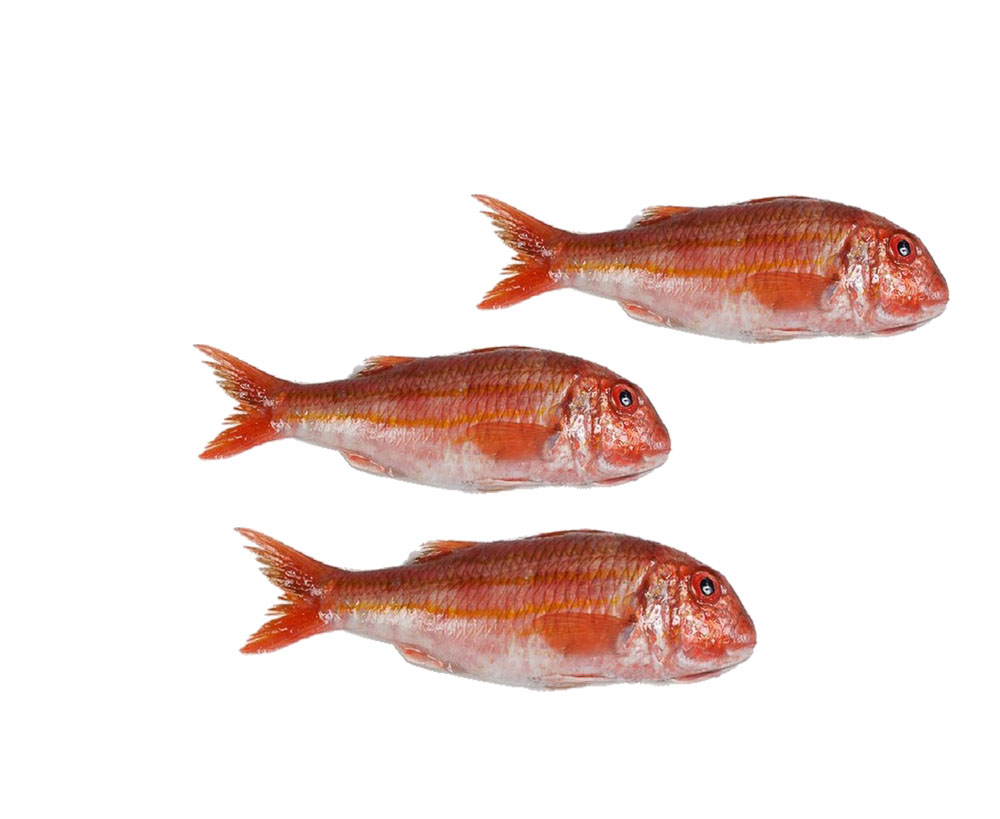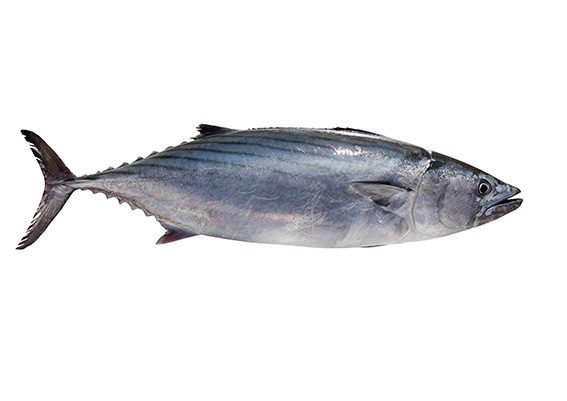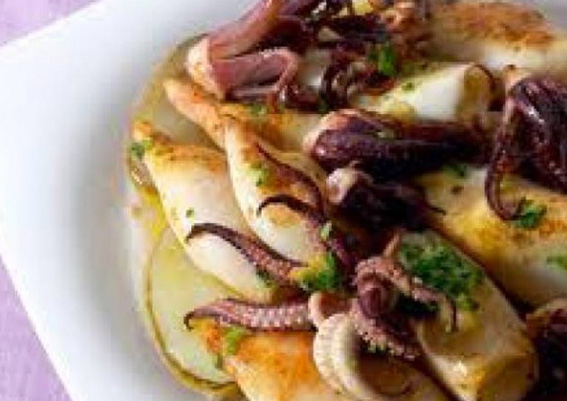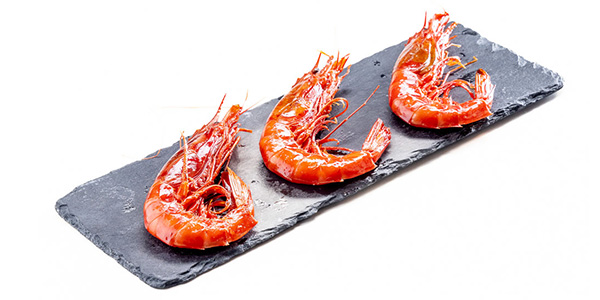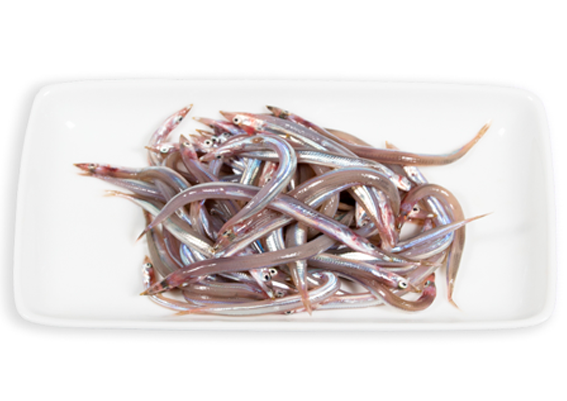Depending on the time of year and the salt water, it can be a white or semi-fatty fish.
The sea bass (Dicentrarchus labrax), also known as sea bass, is a species of perciform fish of the family Moronidae. The body is elongated (between 10 and 100 cm in length), deep and covered with large scales. It has two dorsal fins and a strong, broad and slightly forked caudal fin, perfectly adapted for swimming.
Males reach sexual maturity at two years of age and females at three. Each female can lay up to 250,000 eggs per kg of weight.
Its colour is variable, ranging from dark grey on the back to white on the belly.
It inhabits the Mediterranean Sea and the Atlantic Ocean, from the African coasts (Senegal) to Norway. It can be found at depths of up to 100 m, although it is more common in shallow zones; frequent on rocky bottoms, soft sandy or muddy bottoms and in underwater meadows.
The fishing season runs from November to March. The fishing gear used to catch it are gillnets, hooks and aquaculture; and the minimum size is 22 to 36 cm in length.
It is a white fish with a high biological value compared to most fish, as well as vitamins and minerals, and is highly appreciated for its culinary value.
Depending on the time of year and the salt water, it can be a white or semi-fatty fish.
The sea bass (Dicentrarchus labrax), also known as sea bass, is a species of perciform fish of the family Moronidae. The body is elongated (between 10 and 100 cm in length), deep and covered with large scales. It has two dorsal fins and a strong, broad and slightly forked caudal fin, perfectly adapted for swimming.
Males reach sexual maturity at two years of age and females at three. Each female can lay up to 250,000 eggs per kg of weight.
Its colour is variable, ranging from dark grey on the back to white on the belly.
It inhabits the Mediterranean Sea and the Atlantic Ocean, from the African coasts (Senegal) to Norway. It can be found at depths of up to 100 m, although it is more common in shallow zones; frequent on rocky bottoms, soft sandy or muddy bottoms and in underwater meadows.
The fishing season runs from November to March. The fishing gear used to catch it are gillnets, hooks and aquaculture; and the minimum size is 22 to 36 cm in length.
It is a white fish with a high biological value compared to most fish, as well as vitamins and minerals, and is highly appreciated for its culinary value.



